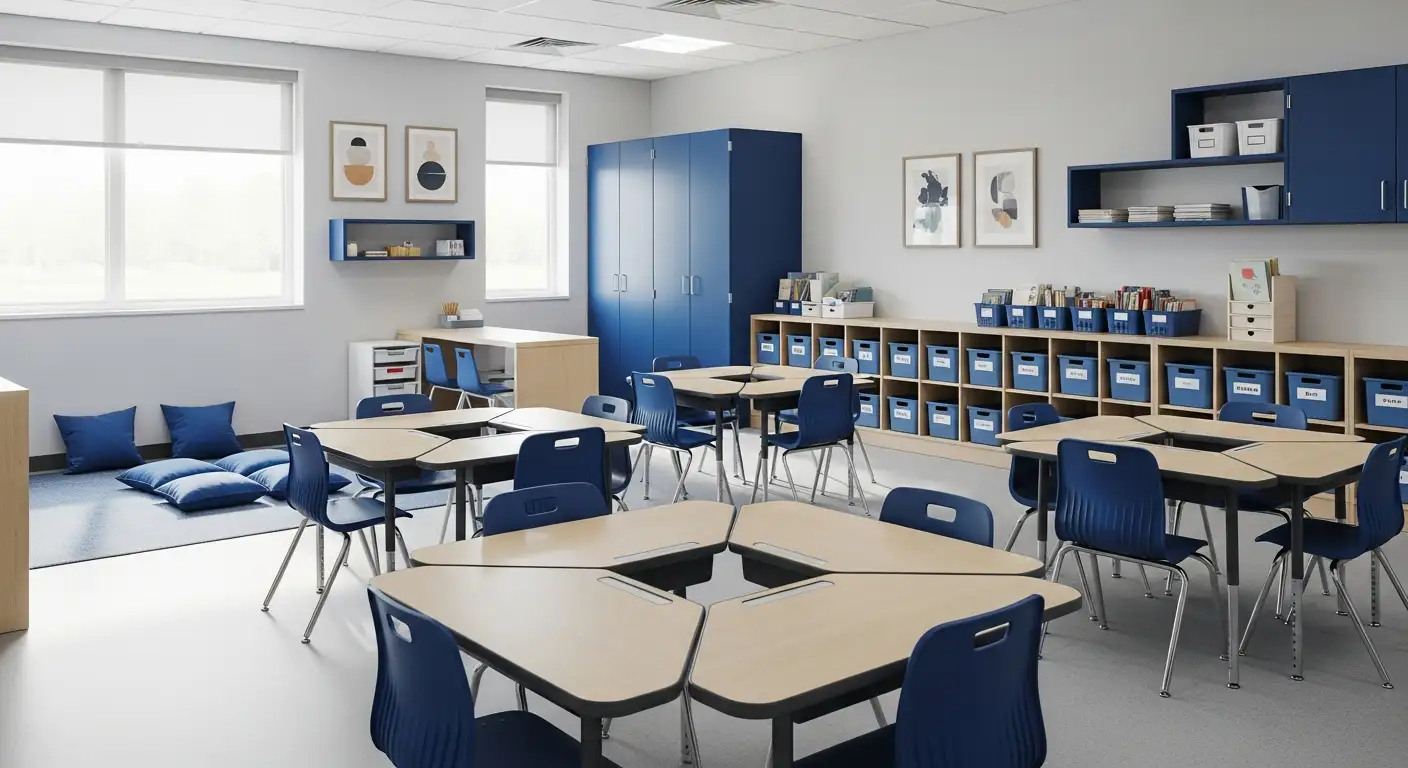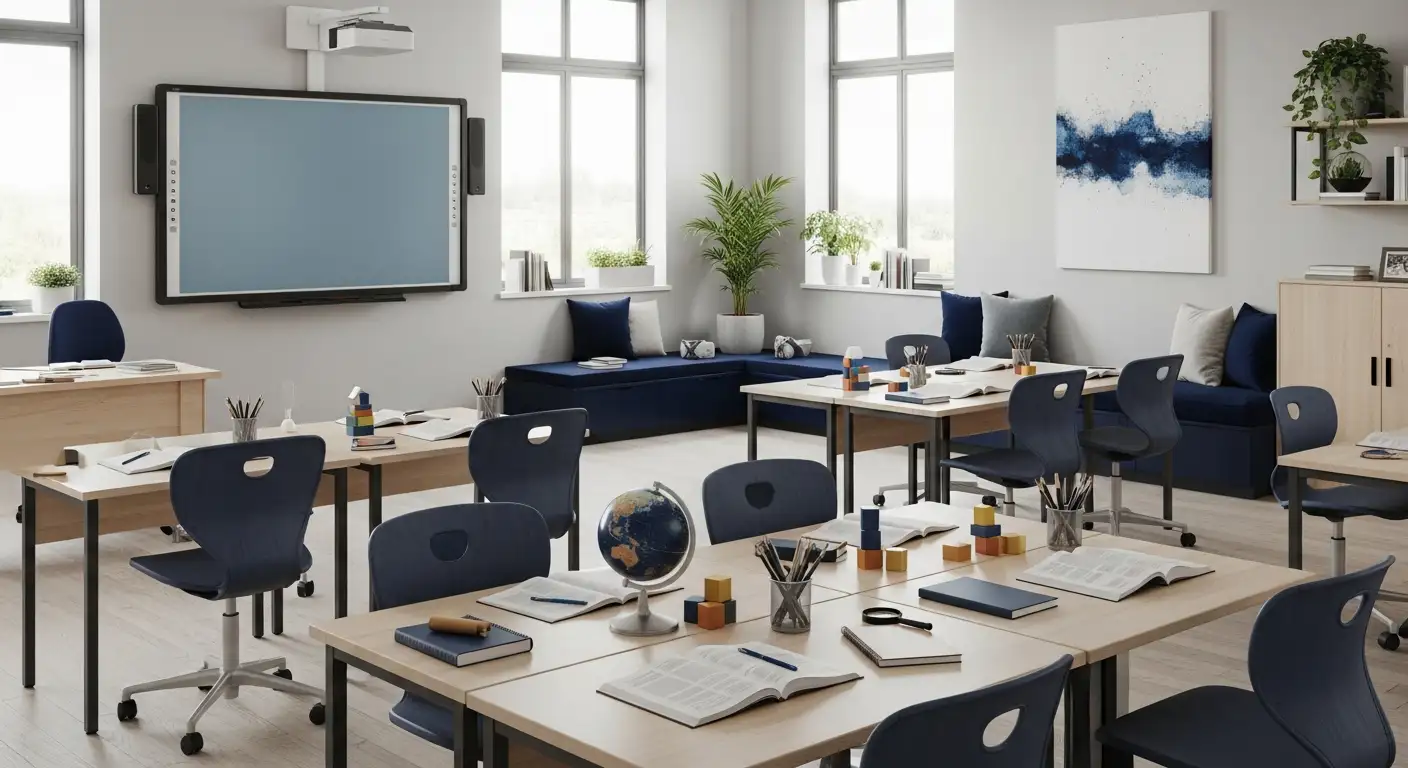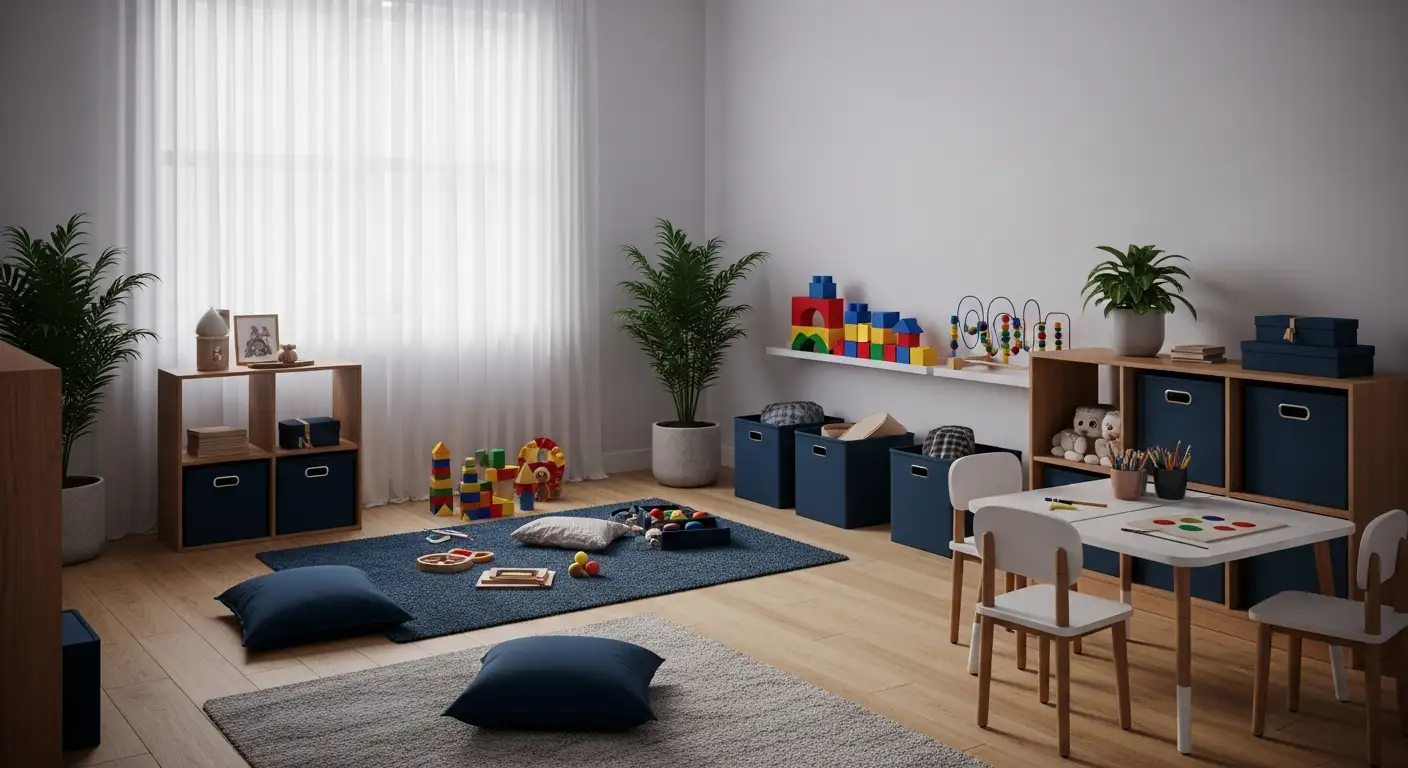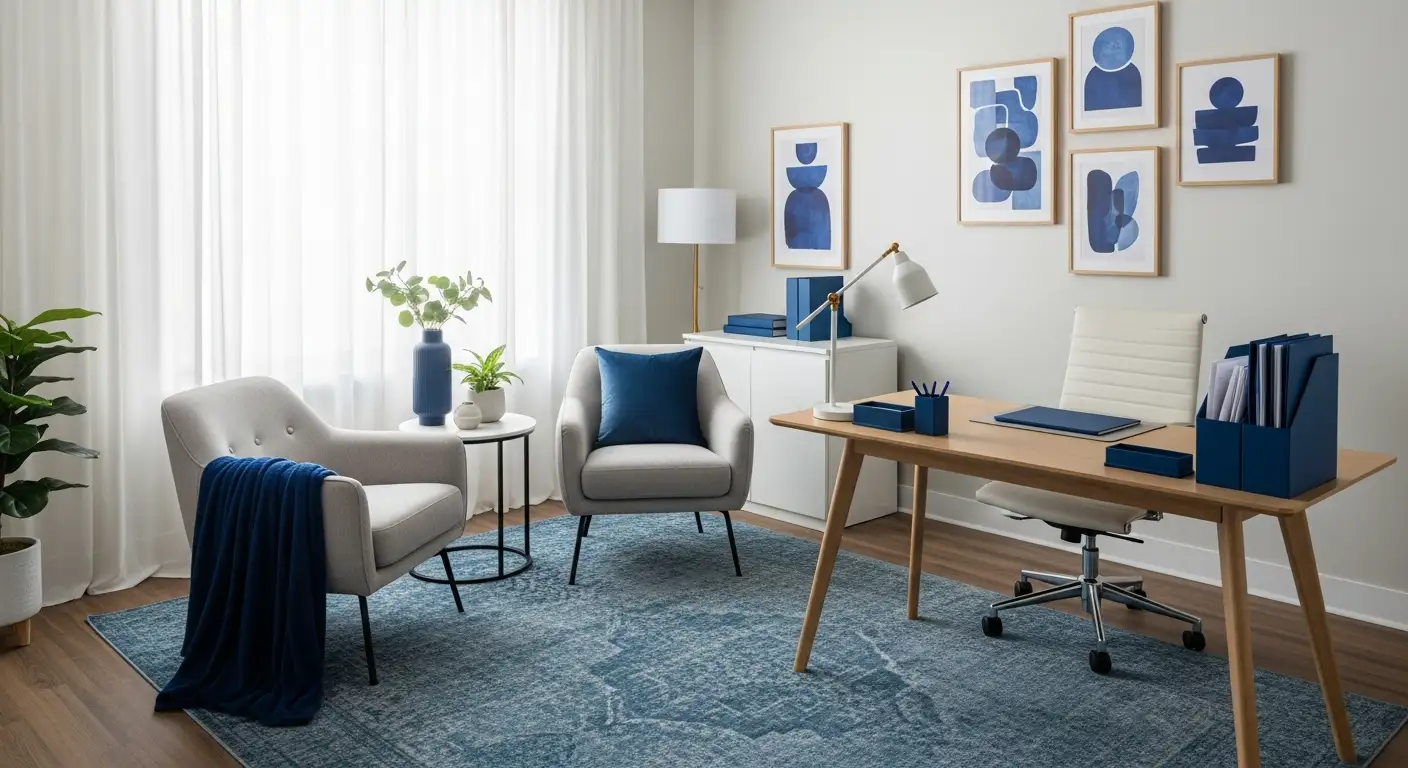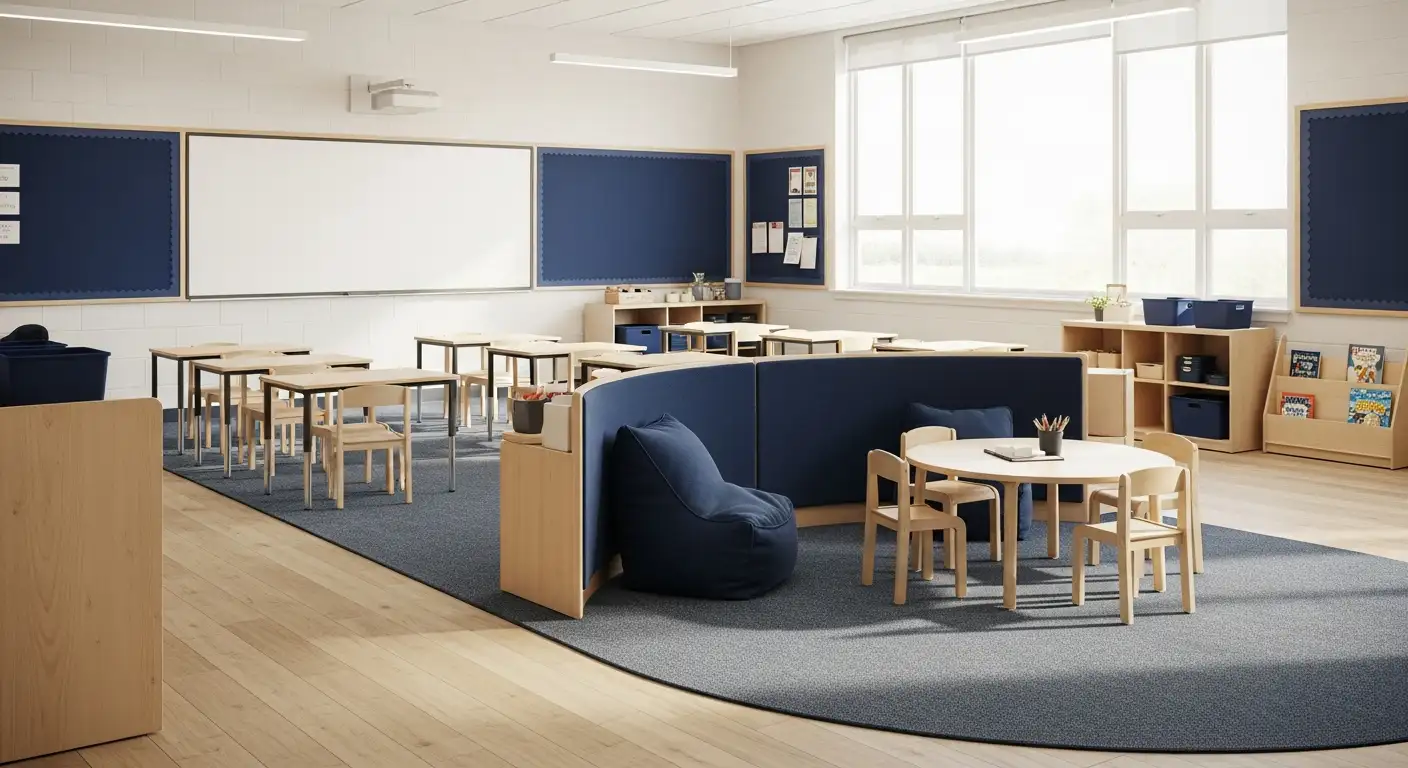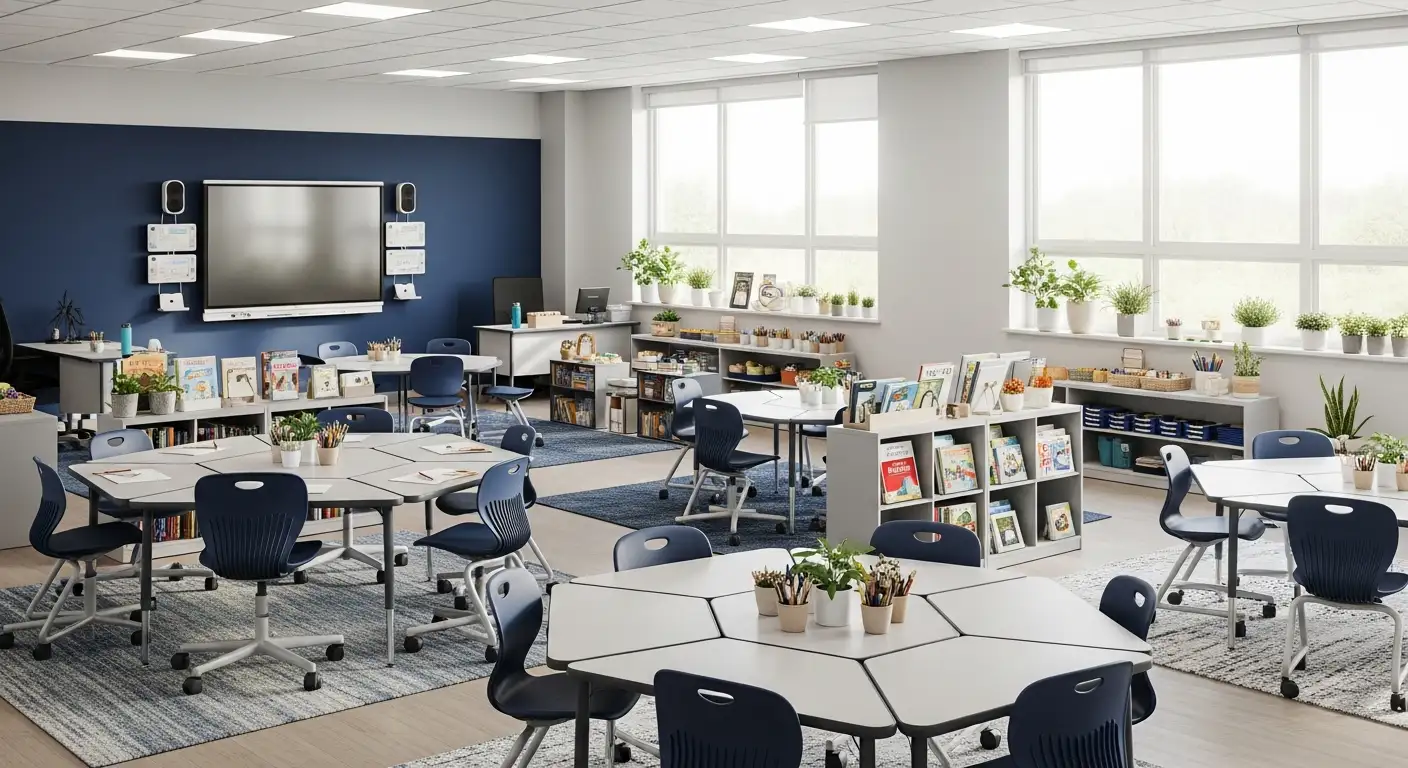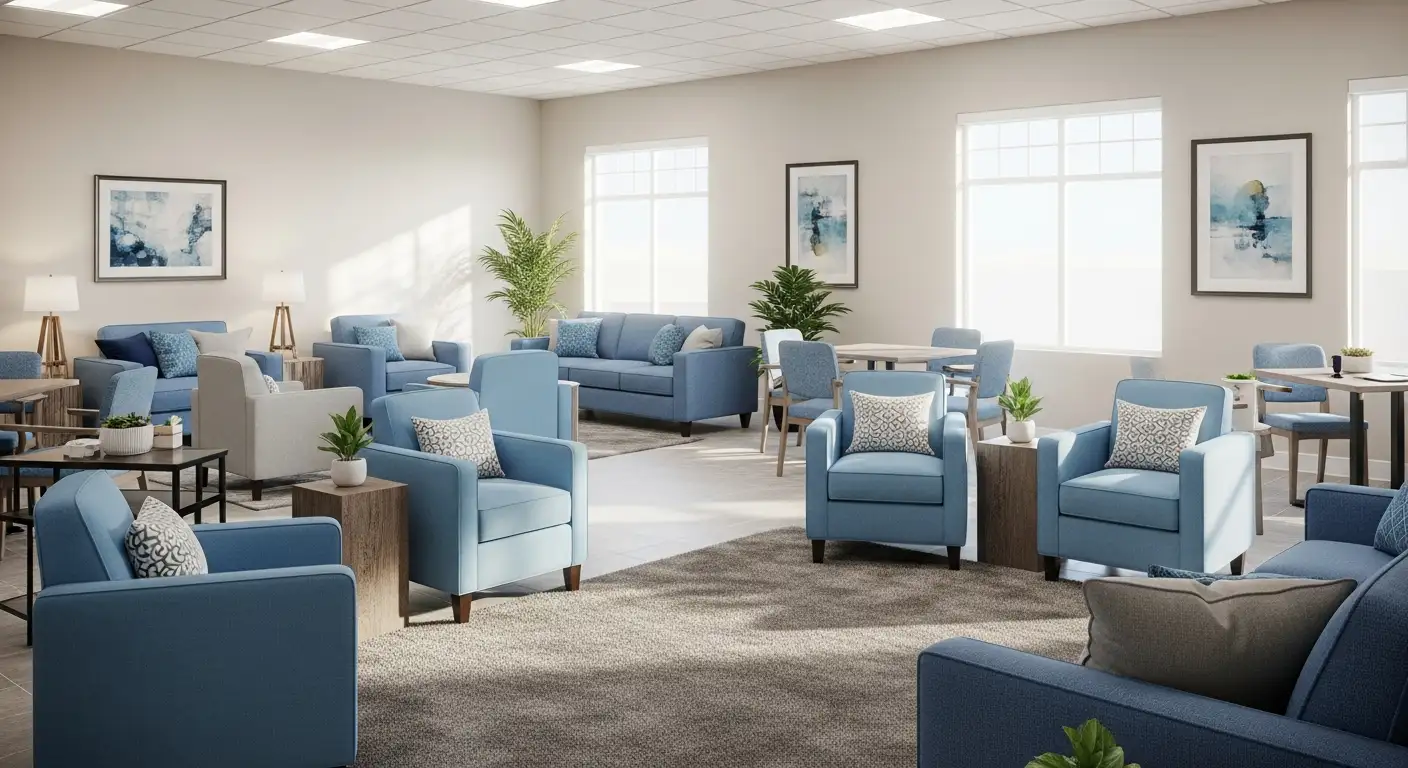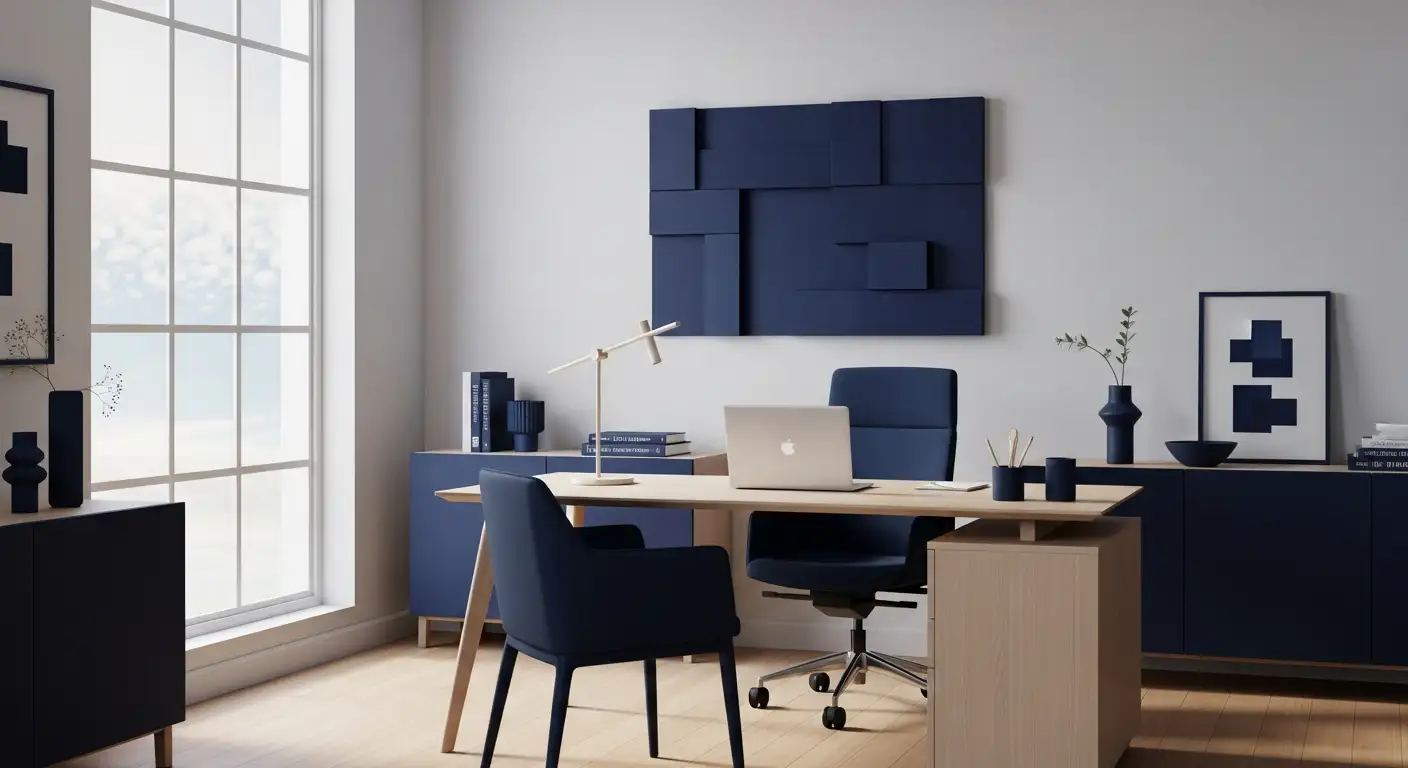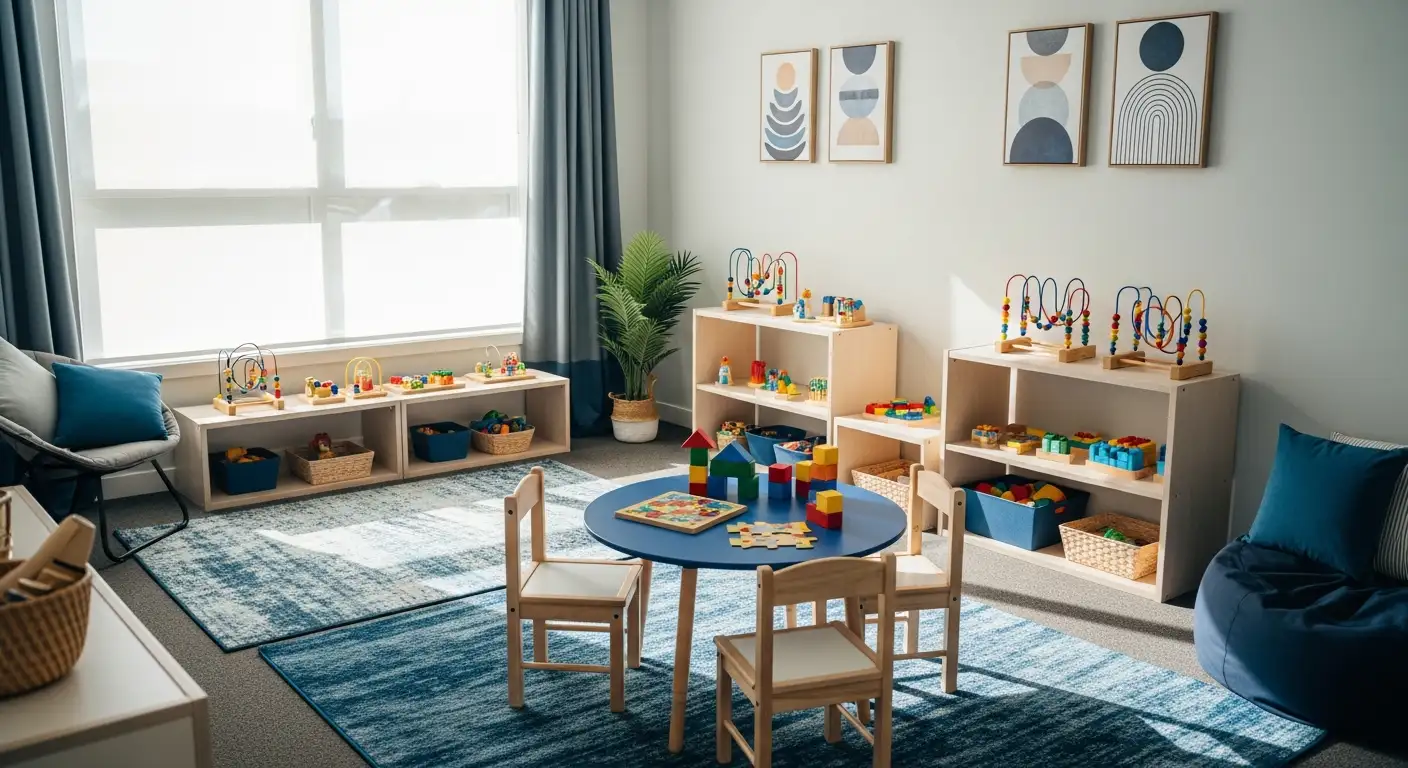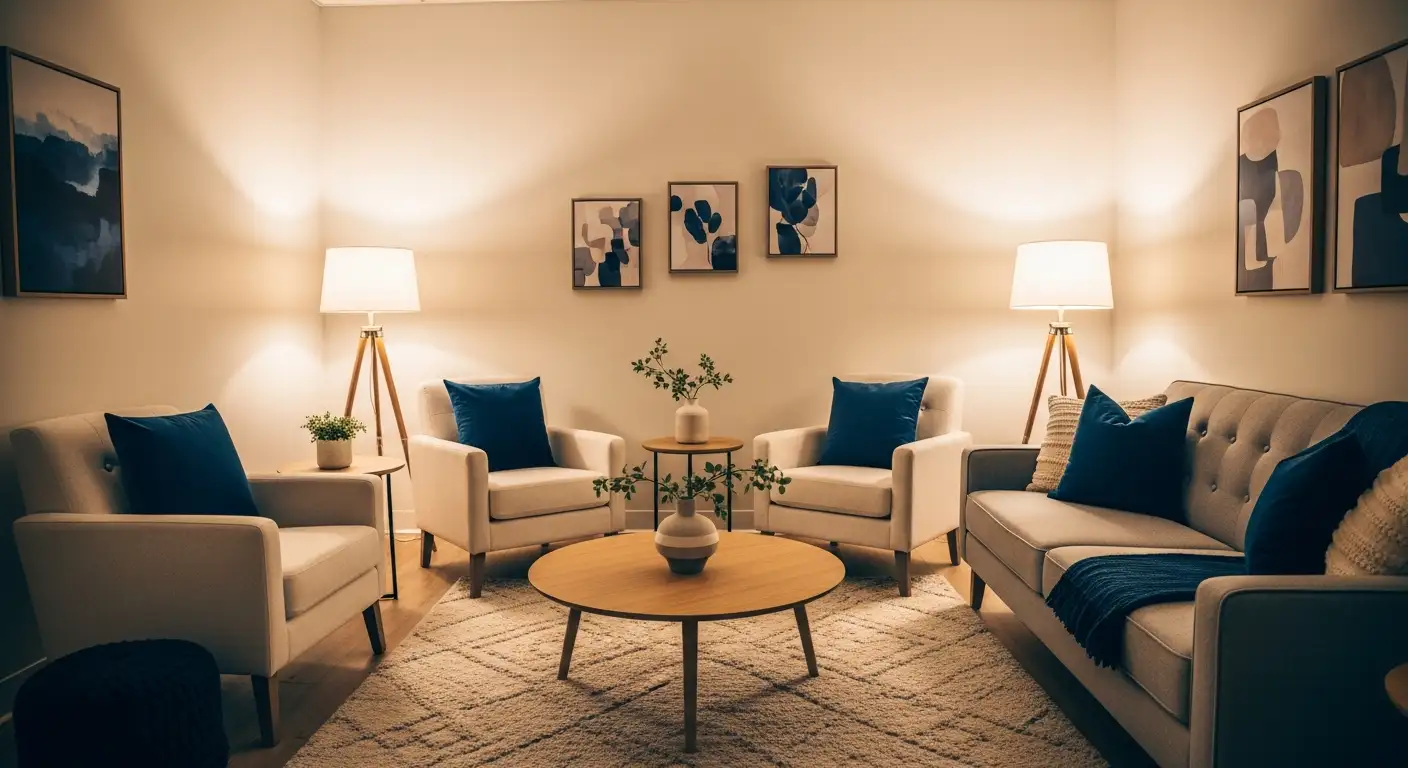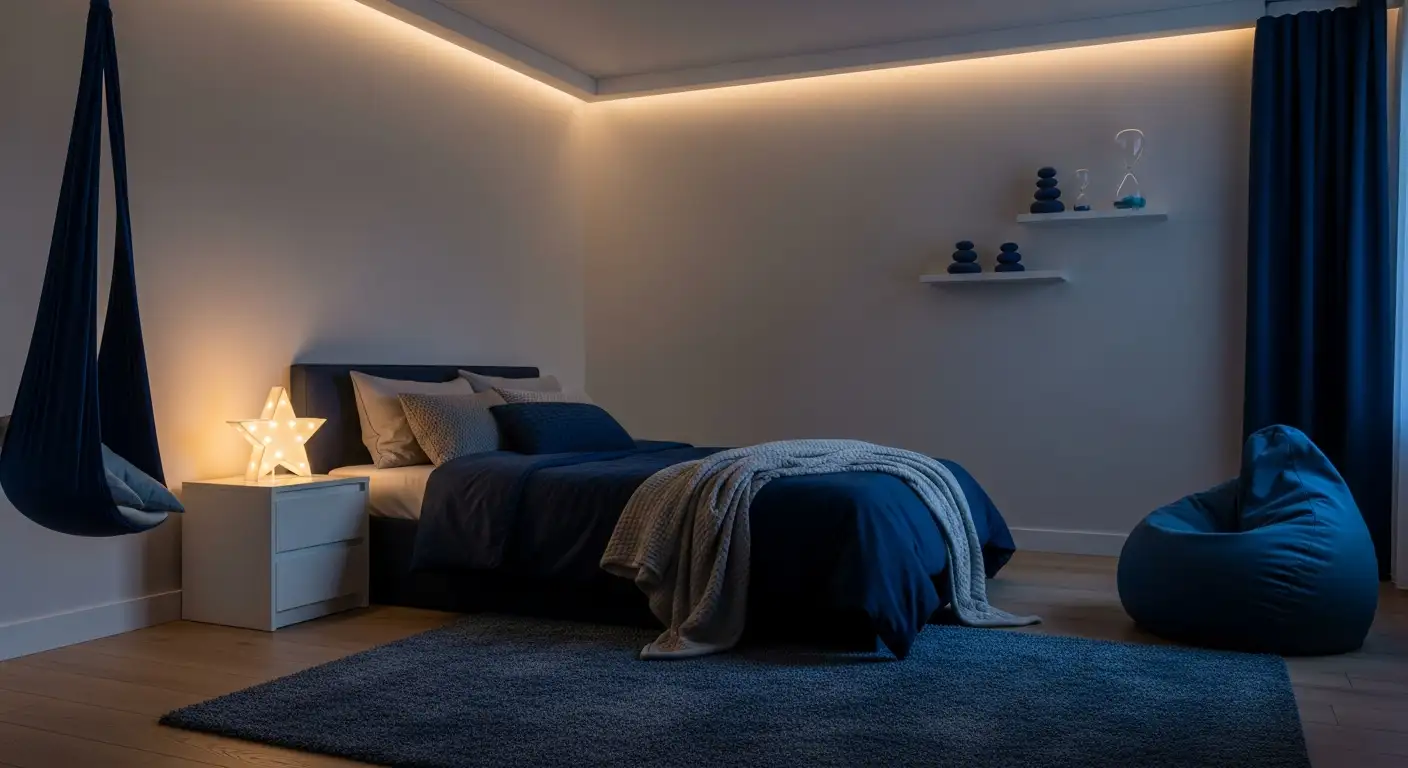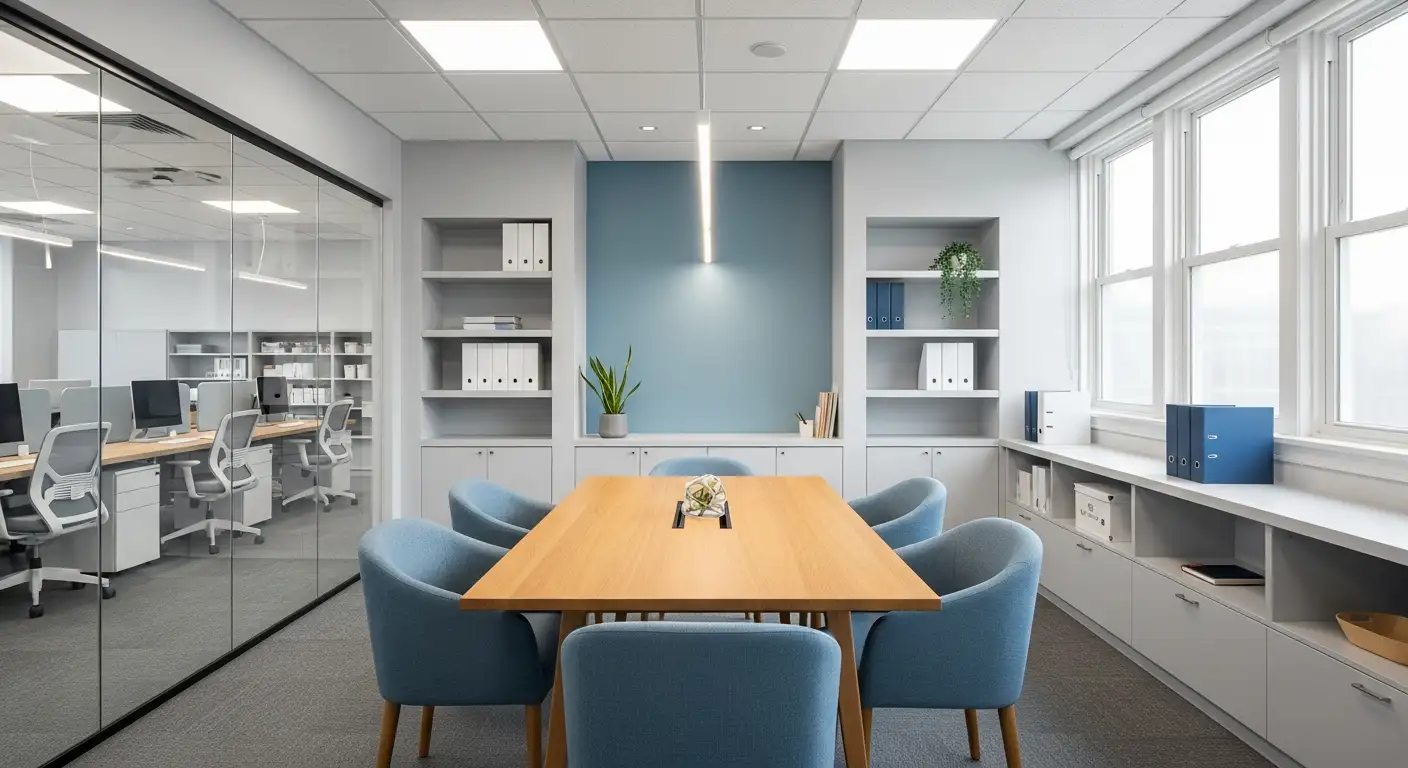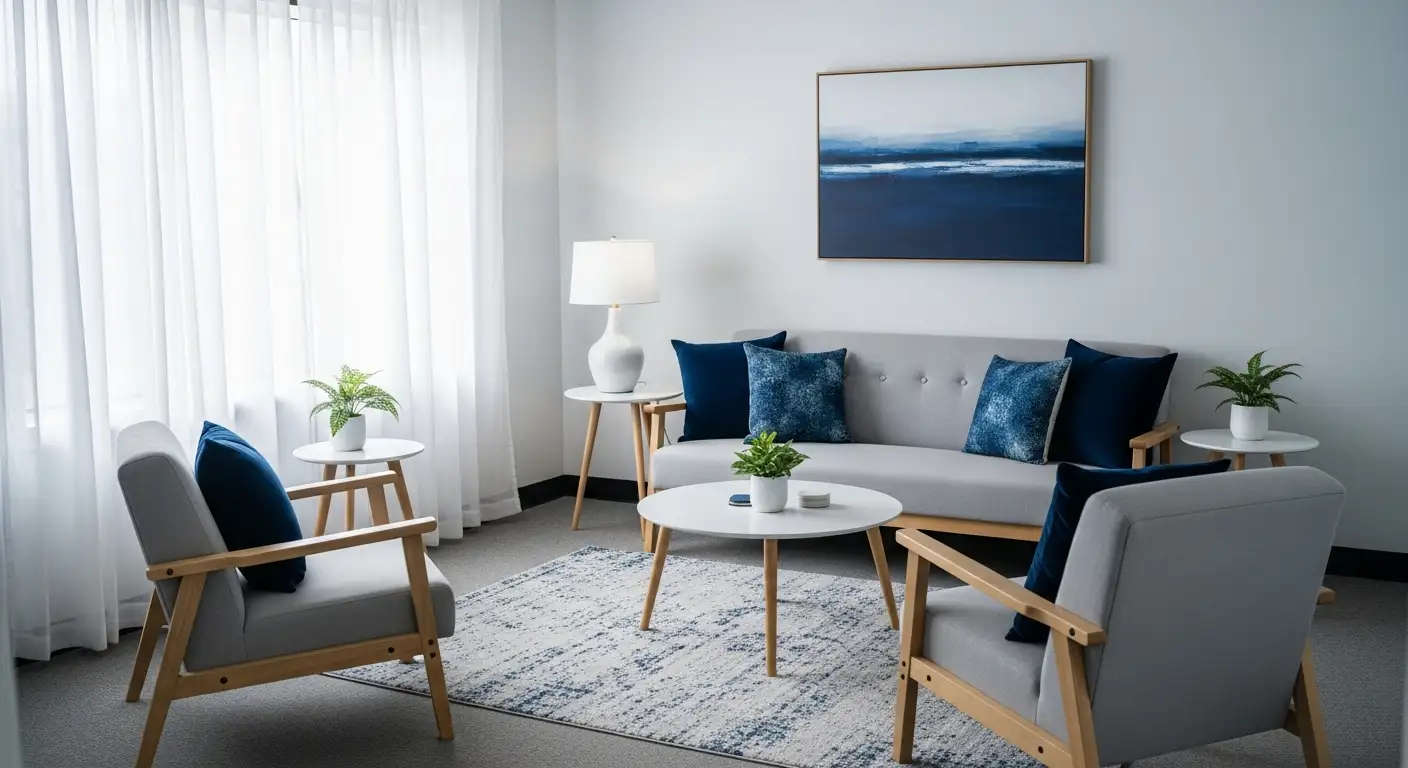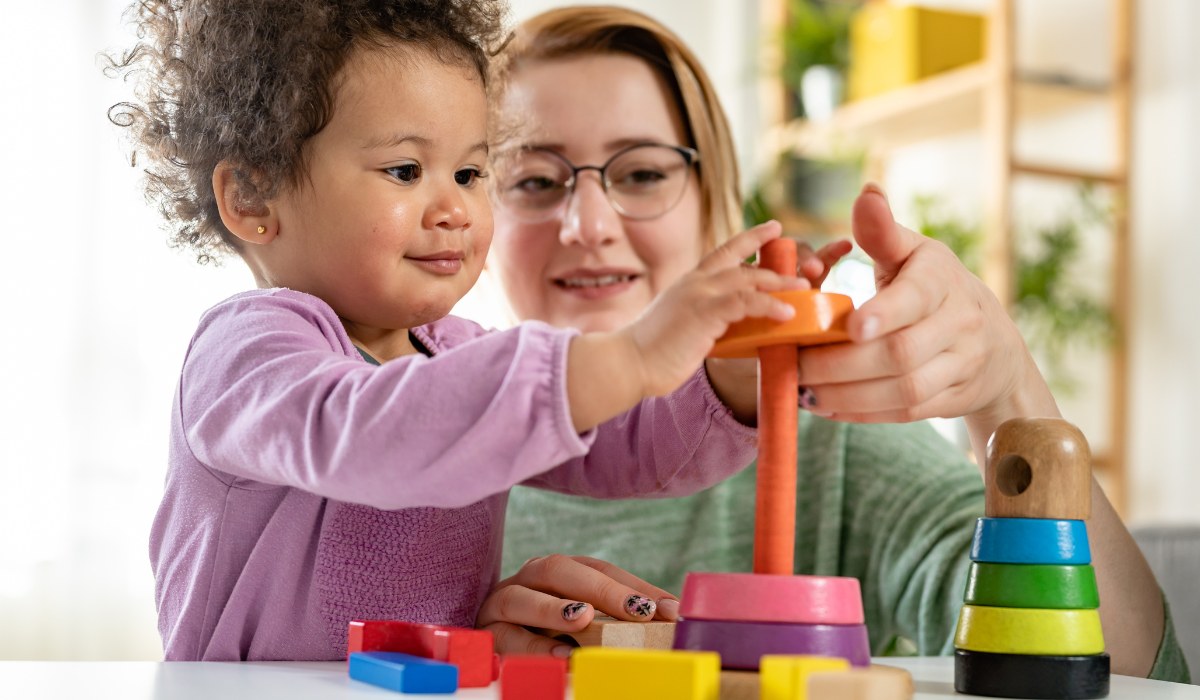How ABA Therapy at Home Boosts Independence
ABA therapy at home builds independence through real routines, visuals, and parent-led practice that strengthens skills. See how small steps drive progress.

Key Points:
- ABA therapy at home boosts independence by turning real-life routines into teachable steps.
- Tasks like dressing, brushing teeth, or packing a bag are broken into short chains with prompts, rewards, and daily practice.
- Home-based sessions increase generalization, improve consistency, and let children succeed where skills are needed most.
Morning routines run long. Outings feel unpredictable. Independence goals stall once the therapist leaves. ABA therapy at home turns everyday moments, from waking up, brushing teeth to packing a bag, into teachable steps. The approach uses Applied Behavior Analysis in the child’s own environment so new skills stick to real life.
Expect clear routines, simple prompts, and practice that adds up across the week. The next sections show how home-based independence grows from small tasks to durable habits.
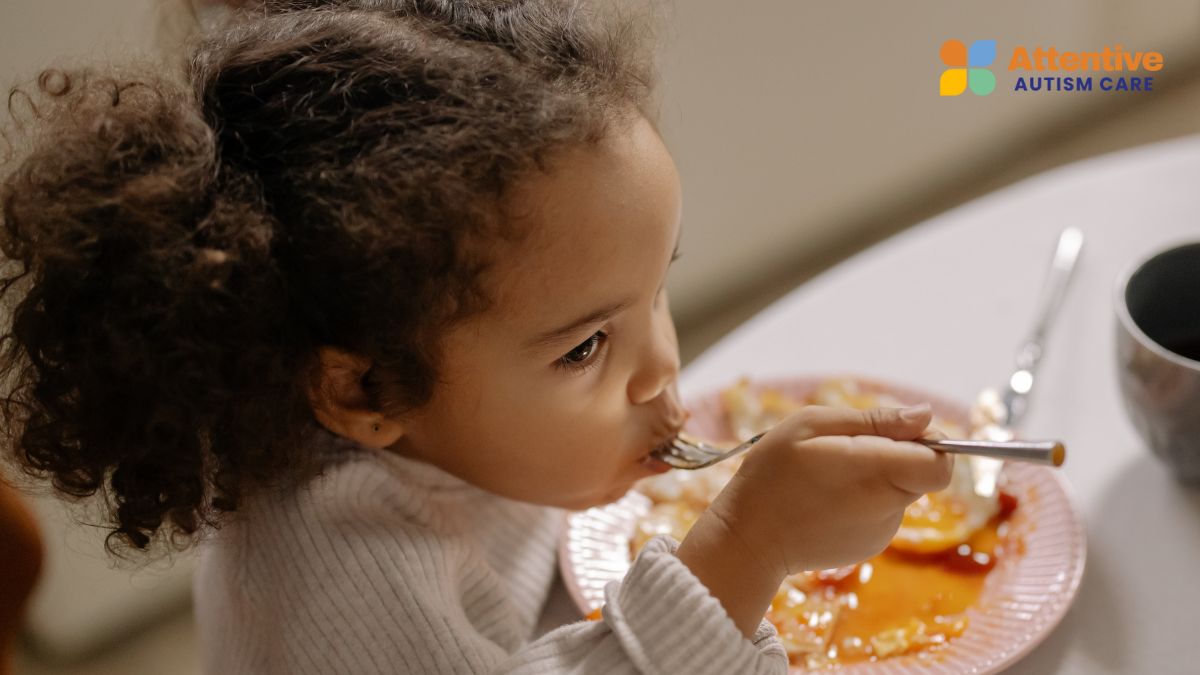
Why Home Settings Accelerate Independence Skills
Home sessions place cues, rewards, and task sequences right in the kitchen, bathroom, bedroom, and doorway before school. That placement shrinks the gap between “session success” and “real morning.”
A current CDC report estimates about 1 in 31 (3.2%) 8-year-olds have an autism diagnosis. High demand meets limited clinic time, so in-home sessions help extend learning across the day and reduce lost time between appointments.
In practice, an in home ABA setup targets independence through short, repeatable chains with clear starts and finishes.
Core independence targets that fit the home:
- Morning Routine: Finish hygiene, get dressed, and pack a bag with a visual checklist.
- Meals: Set table, try two bites of a new food, clear plate after eating.
- After-School Flow: Hang backpack, place homework on desk, start timer for a 5-minute transition.
How ABA Therapy at Home Builds Daily Living Skills
Home independence grows when tasks are broken into small steps, taught in order, and reinforced right away. The approach keeps language simple, support visible, and success measurable.
- Plan the target behavior: Define what “finished” looks like for brushing teeth, tying shoes, or loading laundry.
- Shape the steps: Start where success is likely; add the next step only after the current one is fluent.
- Prompt and fade: Use the least help needed (gesture, model, or brief hand-over-hand), then fade.
- Reinforce smartly: Deliver quick praise or a brief preferred activity the moment a step is done.
- Track and adjust: Mark corrects/prompts on a short data sheet; increase expectations as accuracy rises.
A team at Emory reported that parent training produced a 48% improvement in disruptive behavior ratings after 24 weeks, versus 32% with parent education. Fewer outbursts means more time for self-care practice and fewer interruptions during routines.
Everyday prompts that speed independence:
- First–Then Cards: “First teeth, then story.”
- Visual Schedules for Home Routines: Photos or icons for “Wash, Toothpaste, Brush, Rinse.”
- Task Strips: Short strips near the sink or closet for sequencing.
Use Applied Behavior Analysis at home to pair these supports with quick wins: one shirt sleeve today, both sleeves tomorrow, add buttons next week. Successive wins grow motivation and stamina for harder steps.
Parent Coaching Works: Extend Learning Between Visits
Caregiver involvement raises the number of high-quality practice trials each day. More trials equal faster skill growth and stronger generalization across rooms, times, and people.
Parent coaching often focuses on four habits:
- Set Clear Instructions: Say what to do, not what to stop.
- Use Timed Practice: Short bursts (2–5 minutes) with visible timers reduce friction.
- Catch and Praise: Fast, specific praise (“Great job putting toothpaste on the brush”).
- End With Choice: Offer a small choice after success (book or blocks for 2 minutes).
With in-home ABA therapy, these habits turn routines into consistent practice sessions. A well-studied approach showed that structured parent training outperformed information-only education on disruptive behavior reduction, which protects teaching time for independence goals.
Quick ways to practice more without adding time:
- Pair Practice With Existing Routines: One hand-washing trial before each snack.
- Use Micro-Goals: One zipper, one button, one dish—repeat.
- Set “When–Then” Boundaries: “When shoes are on the rack, then tablet for two minutes.”
Proven Gains in Daily Living Skills: What Studies Show
Targeted daily living skills teach concrete steps like hygiene, food prep, and community readiness. Results include measurable growth that families can see in routines.
A randomized skills program for autistic adolescents reported over two years of daily living skills gained across a 12-week group intervention, with improvements maintained at 6-month follow-up.
That change was captured on standard adaptive behavior scales and goal-attainment ratings, reflecting real tasks like morning routine, cooking, and laundry. These outcomes align with ABA therapy at home, where the sink, closet, pantry, and doorway serve as natural “teaching stations.”
Daily living targets that respond well:
- Hygiene: Turn on water, soap hands, scrub, rinse, dry, put towel back.
- Clothing: Choose matching clothes, dress in order, place pajamas in hamper.
- Kitchen: Get cup, pour water with visual line, return carton to fridge.

ABA Therapy at Home: Routines, Reinforcers, and Real-World Wins
ABA therapy at home revolves around three levers, such as routines, reinforcers, and real-world practice. Routines reduce decision load, reinforcers keep momentum, and real-world practice anchors skills to the exact places they are needed.
- Routines that anchor skill chains: Build predictable flows for wake-up, transition out the door, and bedtime. Use the same words and visuals until steps run smoothly.
- Reinforcers that are quick and meaningful: Small choices, short play, or access to a preferred activity for 1–2 minutes after correct steps maintain effort without long delays.
- Real-world practice that generalizes: Move from bathroom sink to a different sink; from home to grandma’s house; from parent prompts to sibling prompts to self-prompting.
The latest CDC update highlights the size of the population that can benefit; 1 in 31 children identified means many families need practical, home-based solutions that work within everyday routines.
How to do ABA therapy at home efficiently:
- Choose One High-Impact Chain: Morning routine or after-school unpacking.
- Run 5–10 Quick Trials Daily: Keep each trial under two minutes.
- Review Weekly: Add a step or fade a prompt based on data.
Generalization That Sticks Across Rooms and People
Independence lasts when a child can do the same task with new items, in new rooms, with different people, and on different days. Generalization should be planned, not assumed.
Plan variations on purpose:
- Change One Variable: Same toothbrushing steps with a new toothpaste flavor.
- Rotate Helpers: Parent on weekdays, grandparent on Saturday, older sibling on Sunday.
- Shift Settings: Brush in the guest bathroom; pour water at the dining table.
A home-first plan makes these shifts easy because the setting already holds the task materials. Adding variations weekly keeps progress moving and uncovers where prompts need more fading.
ABA at home also pairs well with school IEP goals. Share the task analysis and reinforcement plan with teachers so steps match across home and school, which cuts confusion and speeds maintenance.
Generalization moves to schedule across a month:
- Week 1: Master the chain in one room with one helper.
- Week 2: Switch one item (new cup or different towel).
- Week 3: Change the room or time of day.
- Week 4: New helper runs the same plan with minimal changes.
Troubleshooting: When Independence Stalls
Slowdowns happen when steps are too big, prompts stay too long, or rewards arrive too late. Short, specific changes usually restart progress.
Common roadblocks and fixes:
- Too Many Steps: Cut the chain; teach two steps to fluency before adding a third.
- Prompt Dependence: Switch from physical guidance to a gesture, then to a visual.
- Low Motivation: Refresh the menu of reinforcers; keep rewards brief but immediate.
- Competing Behavior: Offer a calm break card; resume the chain after 30 seconds.
- Messy Cues: Put the visual checklist at eye level where the step happens.
Parent training improves how strategies are used and reduces behaviors that block learning, clearing time and attention for independence goals at home.
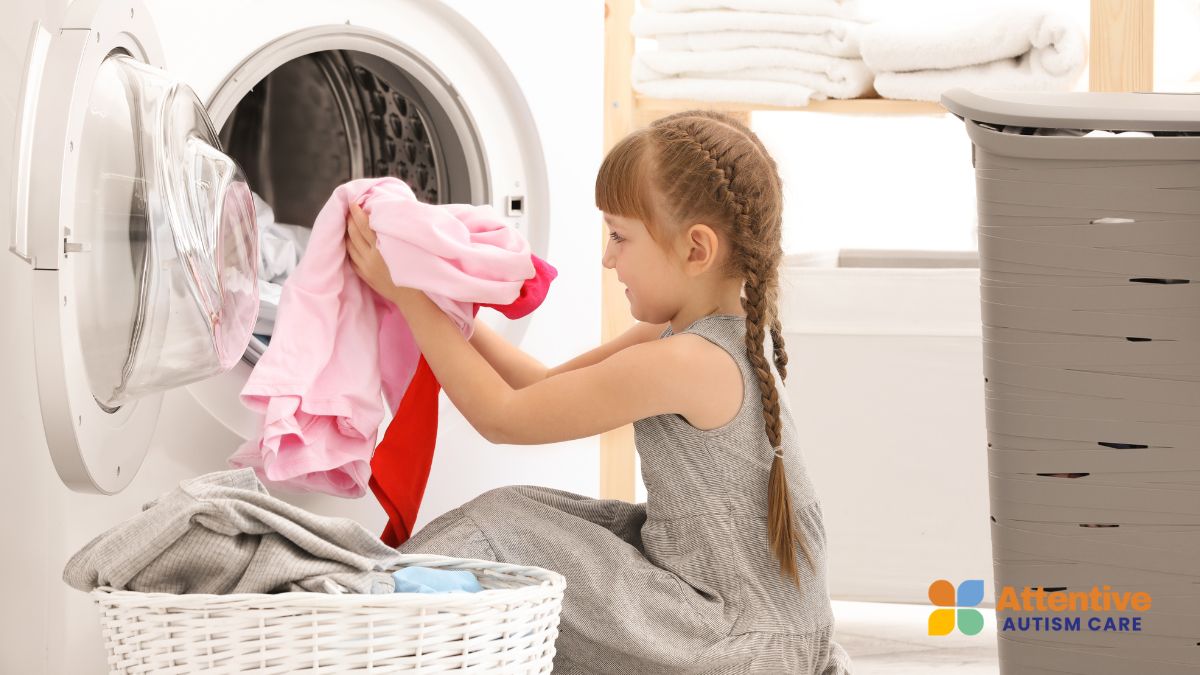
Frequently Asked Questions
Can I do ABA therapy at home myself?
Yes. You can do ABA therapy at home by learning strategies and practicing daily with your child. A clinician creates the plan, models prompts, and tracks data, while you run mini-trials during routines. Parent-led practice improves outcomes, especially when coached by professionals and applied during real-life tasks.
Is in-home ABA therapy effective?
Yes. In-home ABA therapy is effective because it teaches skills in the child’s real environment, improving learning and recall. Research shows parent-led training reduces disruptive behavior more than education alone. Daily practice with coaching and consistent supports builds lasting independence across routines, rooms, and people beyond therapy hours.
At what age is ABA most effective?
ABA is most effective when started early, but it supports progress at any age. Toddlers gain from play-based routines, school-age children learn complex tasks, and teens build independence through daily-living skills. Screening at 18–24 months enables early intervention, though adolescent programs still produce meaningful gains with home practice.
Get Practical ABA Therapy At Home That Builds Independence
Home is where routines live, and that is where independence grows fastest. Families who add daily micro-practice see fewer interruptions and more successful steps across mornings, meals, and evenings.
By engaging in ABA therapy services in Colorado, Utah, North Carolina, Maryland, New Mexico, and Nebraska, families can pair skilled guidance with day-to-day coaching at home. At Attentive Autism Care, sessions focus on clear goals, caregiver training, and visible gains that show up in real routines.
If your child needs predictable steps for self-care, communication, or chores, reach out to schedule a consult. Expect a simple plan, weekly adjustments, and honest tracking so progress is easy to see and celebrate.



